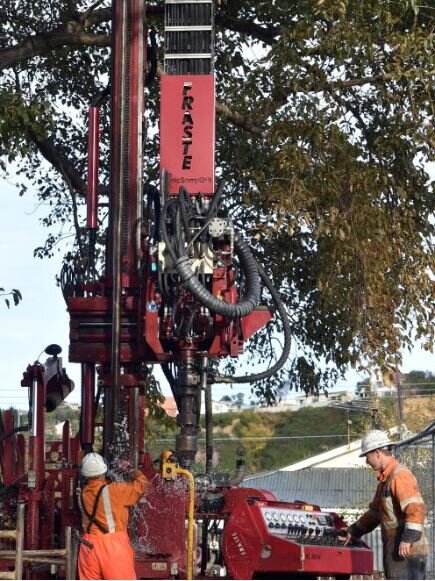Older News and Media Releases
5 Jan 2018
Creating a clear understanding of which areas of New Zealand are vulnerable to sea level changes is at the heart of a new $8m study
Over the next five years, experts working under the NZ SeaRise Programme will try to create accurate estimates of the magnitude and rate of sea level rise for our coastal regions to the end of the century and beyond
Detailed maps will be drawn up from the data in order to show larger seaside settlements where its vulnerabilities lie.
One involved in the study is Professor Tim Naish, of the Antarctic Research Centre, based at Victoria University of Wellington.
He says regardless of what changes are implemented now, a 50cm sea rise by 2100 is unavoidable.
"That's built in; we can't avoid that."
In Taranaki, Naish says rivers like the Waitara, Waiwhakaiho and Te Henui are going to rise, creating a flooding risk to low lying areas nearby. The frequency of big storms hitting the region is also likely to increase.
Coastal erosion is another biggie.
Naish says adapting or doing something to protect itself is something local authorities are grappling with around the country.
Damage done to property and infrastructure through the effects of climate change, or budgeting to protect key assets, can represent a "big economic cost" to councils, but this needs to be balanced against the consequences of doing nothing, he says.
The social toll also can't be ignored, including the potential relocation of communities away from at-risk areas in future years.
"That's where it gets really difficult."
2 April 2019
New projects funded by NZ SeaRise Programme in the latest round of the Aotearoa New Zealand Science Jourlism Fund
The Aotearoa New Zealand Science Journalism Fund is the first independent journalism fund dedicated to furthering coverage of the science-related issues that impact New Zealanders. In this fourth funding round, NZ SeaRise Programme has supported the fund to talented journalists writing on the sea level rise in New Zealand.
8 april 2019
Q & A: Tim Naish
An interview by Otago Daily Times with Prof. Tim Naish, who is leading the Impact Statement 2 on the NZ SeaRise Programme.
17 May 2019
What Lies Beneath Dunedin: Next phase of scientific drilling to begin
The next stage of work is part of the NZ Sea Rise Programme to better understand the impacts of sea level rise.
The Otago Regional Council’s (ORC) “What Lies Beneath Dunedin” project is about to move from shallow groundwater data collection to core-sampling and deep groundwater monitoring.
The programme is being undertaken in collaboration with GNS Science via the NZ Sea Rise project, and with in-kind support from the Dunedin City Council (DCC) and the University of Otago. Oceana Gold are also supporting this project.
22 may 2019: otago daily times
Contact: NZSeaRise@vuw.ac.nz
Digging for geological clues
Deep beneath a South Dunedin sports field, scientists hope to find the answers to the area’s geological history and discover clues to its future.
A joint drilling programme between the Otago Regional Council and GNS Sciences, is also part of the nationwide NZ SeaRise project. Scientists hope it will provide a better understanding of what sediment lies beneath coastal Dunedin.






